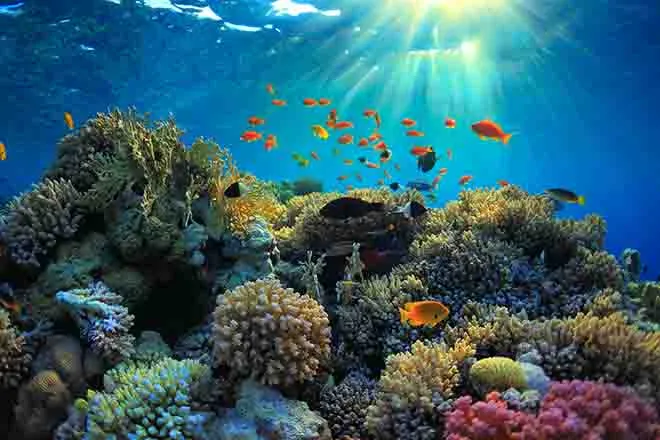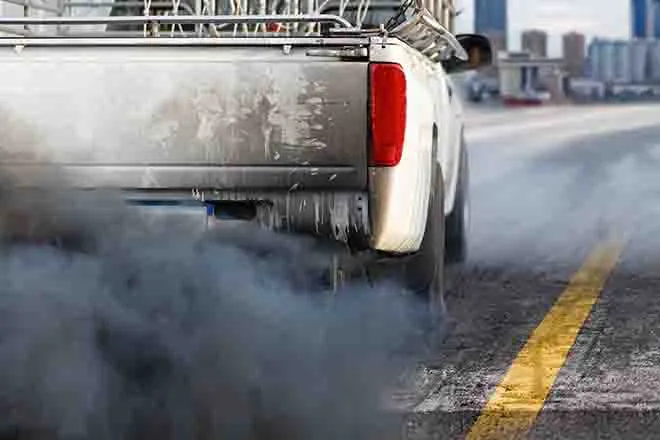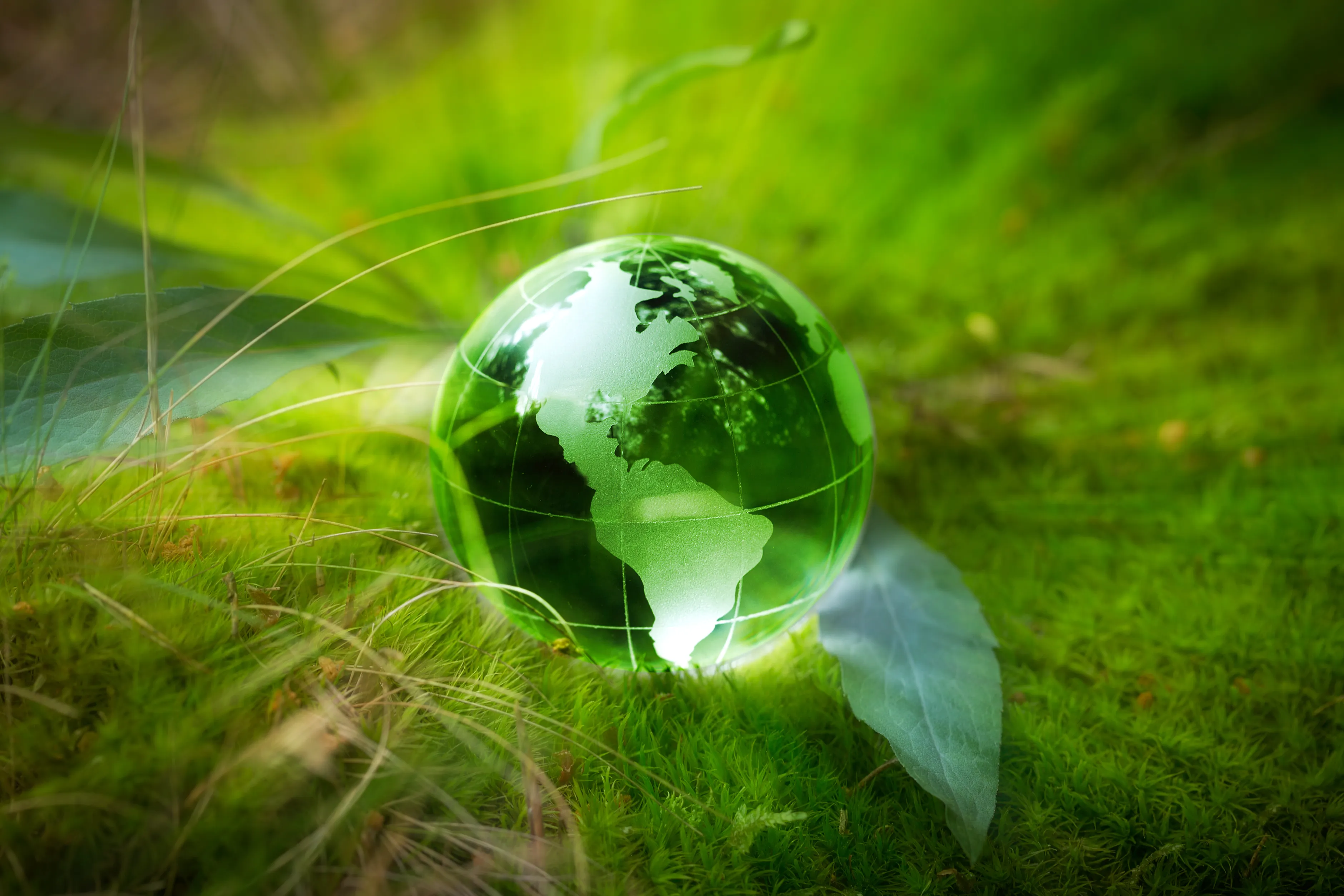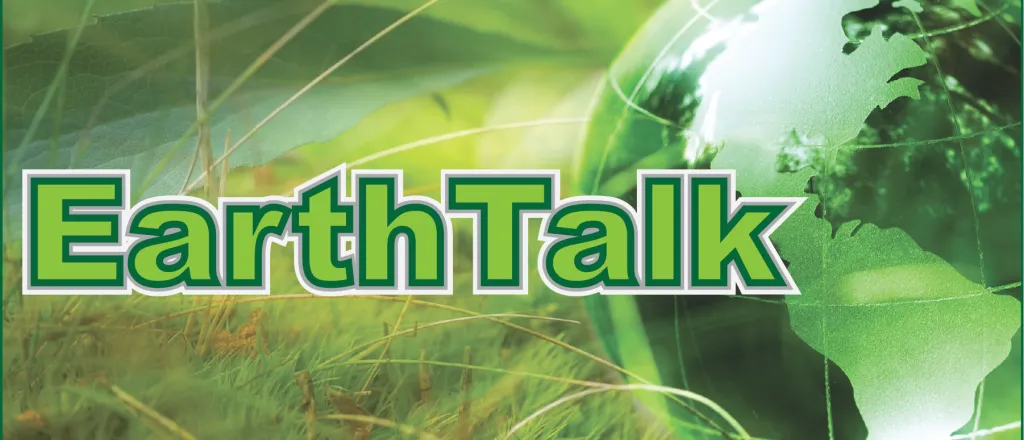
EarthTalk - Are there ways living organisms can be used to fix pollution?
©
Dear EarthTalk:
Are there ways living organisms can be used to fix pollution?
M.L., via email
Pollution remains one of the most significant environmental challenges, contaminating air, water and soil and posing risks to human health. Traditional cleanup methods, like chemical treatments and mechanical removal, often come at a high cost and sometimes harm the environment further. So scientists have turned to bioremediation, a process of using living organisms to break down and remove pollutants. This is proving to be a cost-effective and sustainable solution for fighting contamination across our ecosystems.
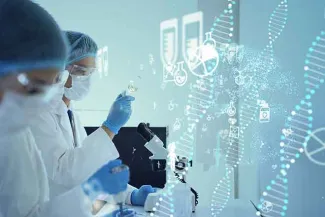
© iStock - metamorworks
One of the most promising applications of bioremediation involves microorganisms like bacteria and fungi, which are capable of breaking down harmful substances into less toxic forms. Some bacteria, like Alcanivorax borkumensis, thrive on oil spills, consuming hydrocarbons and helping to restore marine environments. Other species, like Pseudomonas bacteria, can absorb heavy metals from contaminated soil and water, reducing the toxicity of industrial waste sites. Fungi, like Phanerochaete chrysosporium, can degrade complex pollutants such as dioxins and pesticides. Scientists are also developing genetically modified microbes to enhance bioremediation efforts. Scientists design these engineered organisms to target specific pollutants, breaking them down more efficiently than their natural counterparts. “We could start trying to predict what compounds a particular bacterium/enzyme [combination] can use from the genome sequence,” says David Leys, a scientist who has worked on detoxification for many years.
In addition to microorganisms, certain animals also play a vital role in cleaning up pollution. Oysters and mussels act as natural water filters, absorbing heavy metals and microplastics from aquatic ecosystems, improving water quality while also serving as indicators of environmental health. Pollinators like bees and butterflies can accumulate pollutants in their bodies, which help provide insight into contamination levels. Studying these animals helps researchers track the spread of pollutants and develop strategies for mitigating their challenges. The effectiveness of these organisms depends on environmental conditions like temperature, pH, and nutrient availability.
People can advance bioremediation techniques by supporting sustainable cleanup efforts and scientific research. By spreading awareness about these methods and advocating for funding in environmental science, people can help accelerate the adoption of natural pollution cleanup solutions. “The knowledge gained from the research will allow scientists to engineer the organisms and their chemical processes to target specific man-made toxins,” Leys says. Advancements in genetic modification and synthetic biology will likely make bioremediation a widely used method in the coming years.
CONTACTS
- Toxin-Loving Organisms May Help Tackle Pollution, smithsonianmag.com/innovation/new-understanding-toxin-loving-organisms-may-help-tackle-pollution-180953159/
- Bioremediation, sciencedirect.com/topics/agricultural-and-biological-sciences/bioremediation.
EarthTalk® is produced by Roddy Scheer & Doug Moss for the 501(c)3 nonprofit EarthTalk. See more athttps://emagazine.com. To donate, visit https://earthtalk.org. Send questions to: question@earthtalk.org.

